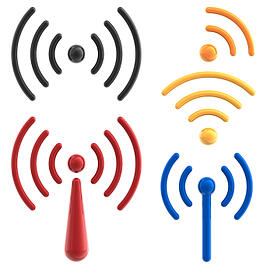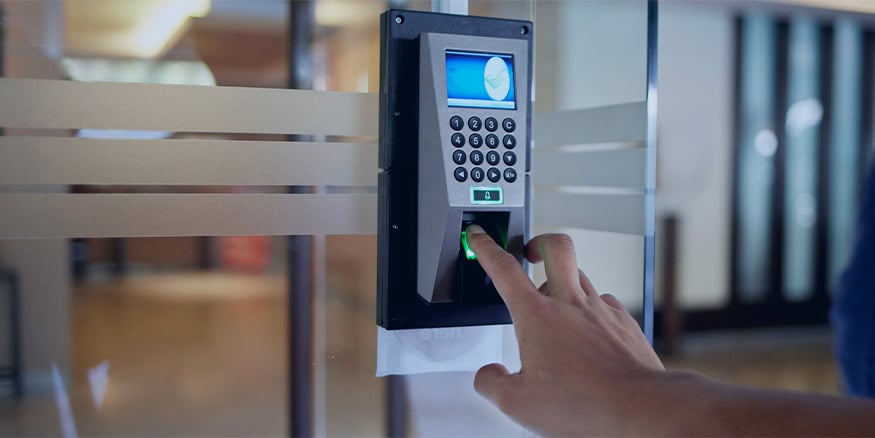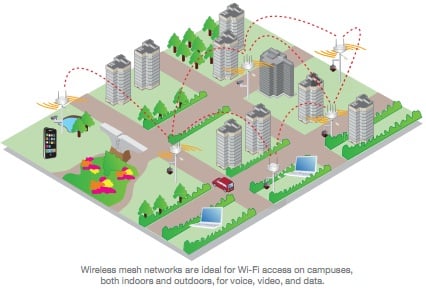
Wireless network design today has evolved quite a bit from the old days of taking a floor plan and plotting out access point locations with a protractor (if you remember that you’ve been around wireless a looooong time).The good news is that you no longer have to manually set power and channel settings on access points and even wireless planning has gotten easier using some pretty cool software. The bad news is that the world of Wi-Fi and wireless devices has gotten much more complex than those days.

Back then you planned your wireless network based primarily on Coverage, because so few people actually used and relied on wireless. But today, the average user does rely on wireless…and they rely on wireless to with more than one device (I carry a netbook, iPad, and iPhone).
So the wireless design and deployment game has changed. It’s particularly tricky in the high capacity areas like auditoriums, lecture halls, patient waiting areas inside hospitals, airports, etc.
So how do you plan a wireless solution for high user density areas?
Incorporate Capacity (# of Total Devices) and Performance of Applications into Your Wireless Network Plan
If you or your wireless solutions provider is building a plan like you’re living in 2005 (based on coverage alone), you’re headed for trouble in the larger meeting areas. Might as well go ahead and staff up the help desk and get ready for support calls.

Use Dual Radio Access Points
Without getting two technical here- different devices communicate with access points on different frequencies. Dual radio access points will ensure that you can allow both 2.4 and 5ghz users to connect. Trust me here; you’ll need both in a high density area.

Load Balance Wireless Users
Not all wireless network solutions are manufactured equal. Some of them will load balance users with software, and you need this. In a large meeting area you’re going to have many access points covering the same area. Your wireless network has to have the ability to move users from an over utilized access point to one that has available capacity.
Build a BYOD Access Control System
Call it network access control, call it mobile device registration. But you will have to have a secure way to register devices that you don’t own. It will cost more money to have device registration but it will more than pay for itself with fewer help desk calls and the ability to sleep at night knowing that you’re providing secure wireless access.

If I could add a 5th point, it would be to select the right wireless solutions partner to help. At SecurEdge Networks, we design, deploy, and support some of the more complex wireless networks in the country. If you have some questions about a project, you can Contact Us Here. We also have a number of free resources on the site for you to access. Good luck.






